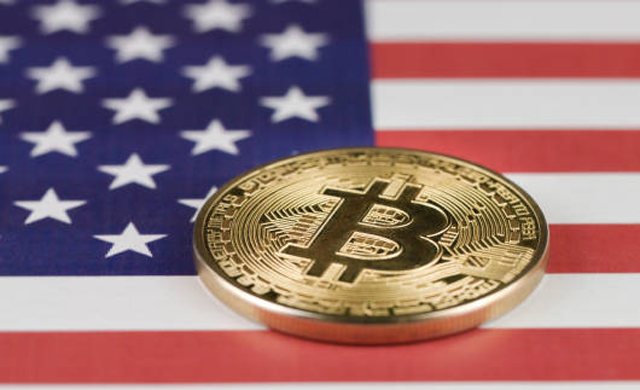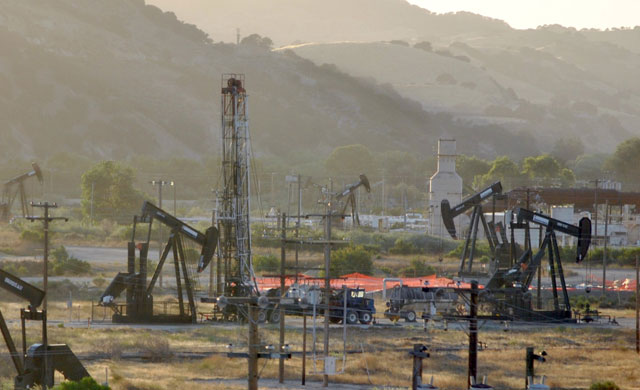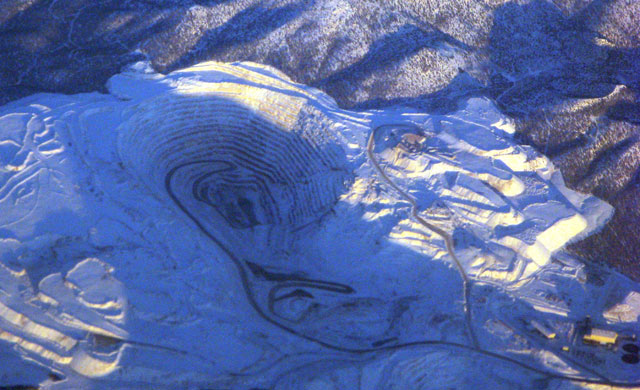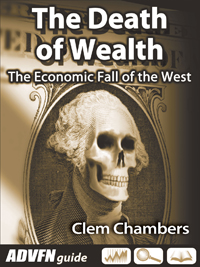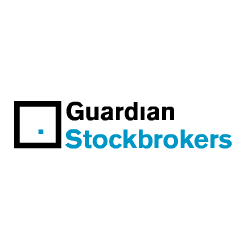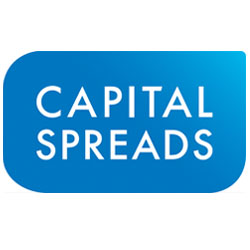Conventional earnings numbers do not generally adequately allow for the fact that with some companies profits cannot be taken out if it is to maintain its unit volume of output, spend enough to maintain its economic franchise (e.g. on working capital, new machinery, marketing, service quality, employee training, etc.) and invest in all value enhancing projects.
Some firms need to invest so heavily in these items that little of the conventional earnings can be given to shareholders.
Owner earnings is more useful than conventional earnings for getting to the amount shareholders can take after allowing for necessary investment to maintain the quality of the business.
Kingfisher (LSE:KGF) has an impressive history of conventional earnings relative to the current share price. Today I’d like to see how it shapes up under the owner earnings approach.
Owner earnings
With owner earnings we’re trying to obtain the earnings that, in future, would be left for shareholders after the managers’ use of the cash generated to pay for items of expenditure to maintain the strength of the economic franchise, maintain unit volume and to invest in all value-generating projects available.
Depending on circumstances, the owner earnings figure may be the same for every future year or on a steadily rising (or falling) trend.
Naturally, owner earnings are impossible to obtain with any degree of precision because many of the input numbers are merely educated guesses about the future. Despite this imprecision it remains an important method for thinking through valuations.
Owner earnings analysis is about future cash available for shareholders to take out of the business. But the only evidence we have available is past data. We start with that, and then use qualitative analysis to judge whether to simply project forward the past pattern or modify the previous trend for future orientated thinking.
In the following we use what the company actually invested in new working capital items and in new fixed capital items, and what they spent on marketing, R&D and staff training etc. already deducted from the P&L.
What the analysis really requires is the amount necessary to maintain the quality of the economic franchise, unit volume and invest in value generating projects. To start with we make the bold assumption that what was spent by the managers was also the necessary amount.
When we move to forward-looking analysis to value the firm we need to make another bold assumption on the real amount needed to invest in new WC, fixed capital items, etc., in the future. The historical analysis helps us make that judgment.
Owner earnings in the past
| £000s YEAR to 31st January | 2019 | 2018 | 2017 | 2016 | 2015 | |||||
| Profit after interest and tax deduction | 218 | 485 | 610 | 412 | 573 | |||||
| Add back non-cash items such as depreciation, impairment, goodwill and other amortisation | 432 | 255 | 267 | 295 | 292 | |||||
| Totals to: Amount available for distribution to shareholders before considering the need to spend on fixed capital items and working capital to maintain the company’s economic franchise, unit volume and invest in value generating projects. | 650 | 740 | 877 | 707 | 865 | |||||
| Deduct fixed capital expenditure other than property and WC increases. (The figures shown are actual expenditures and are therefore a rough proxy for the ‘needed’ expenditures to maintain franchise, etc) | -315 | -74 |
………………To read more subscribe to my premium newsletter Deep Value Shares – click here http://newsletters.advfn.com/deepvalueshares/subscribe-1

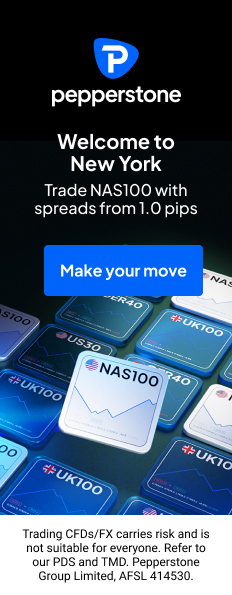
 Hot Features
Hot Features

